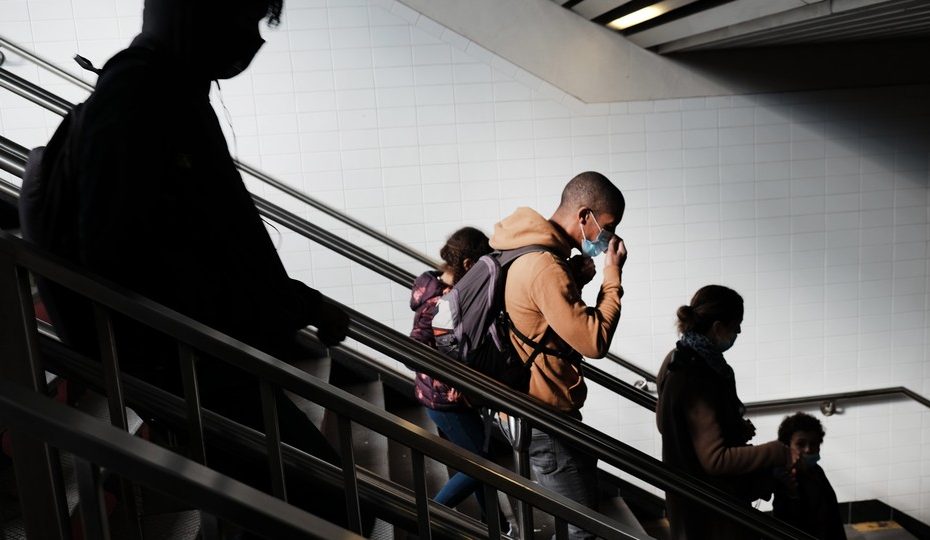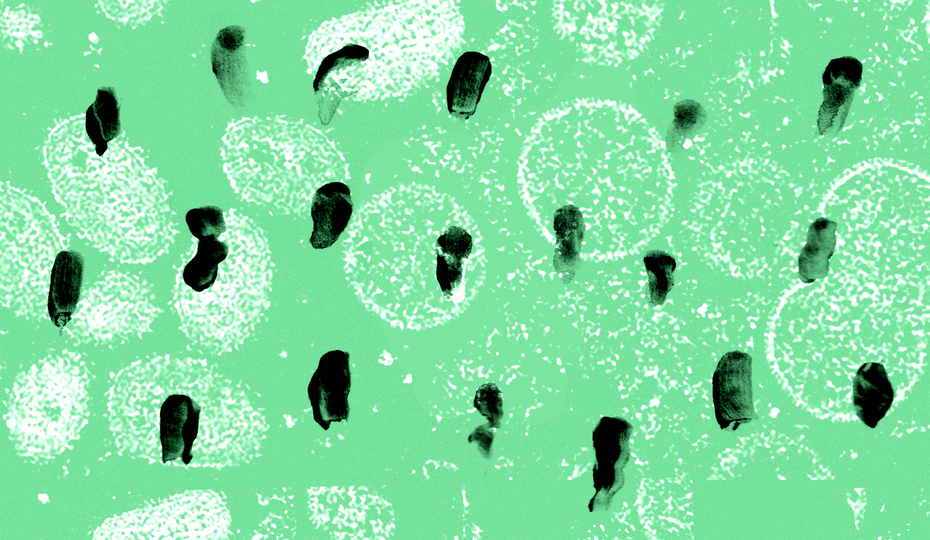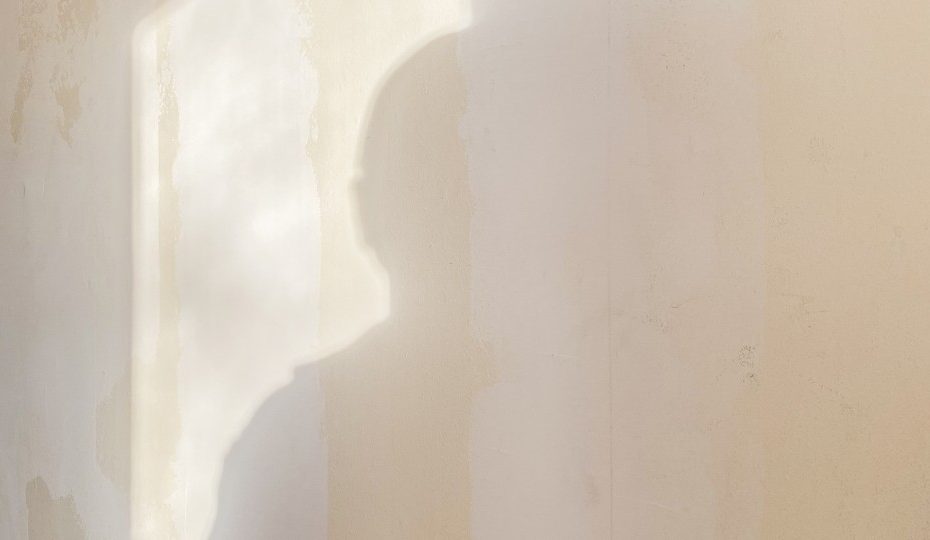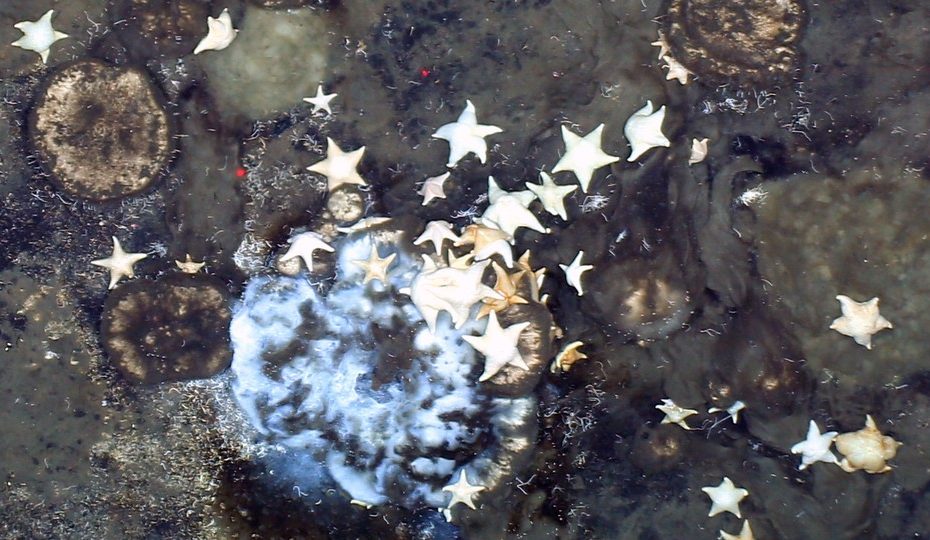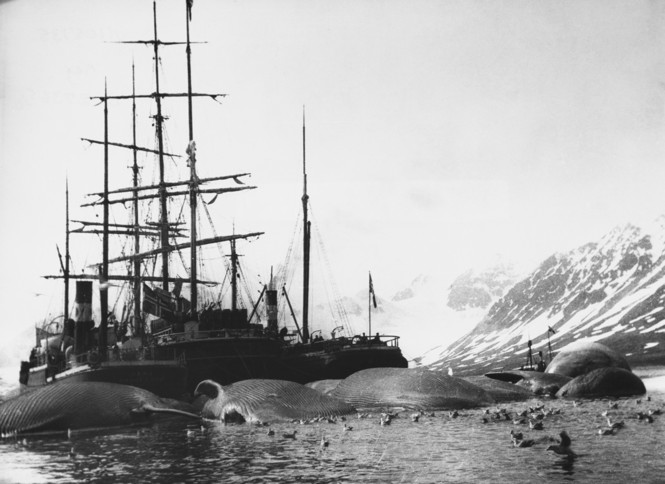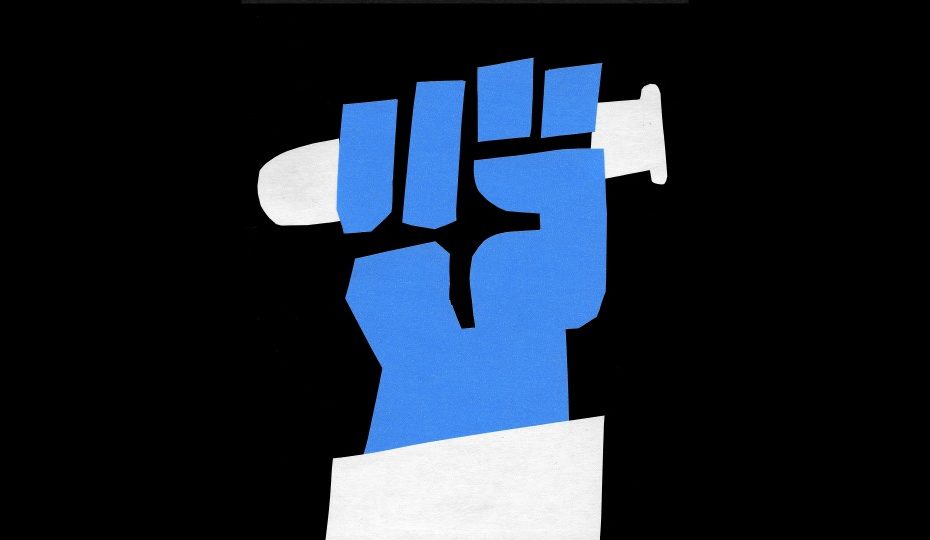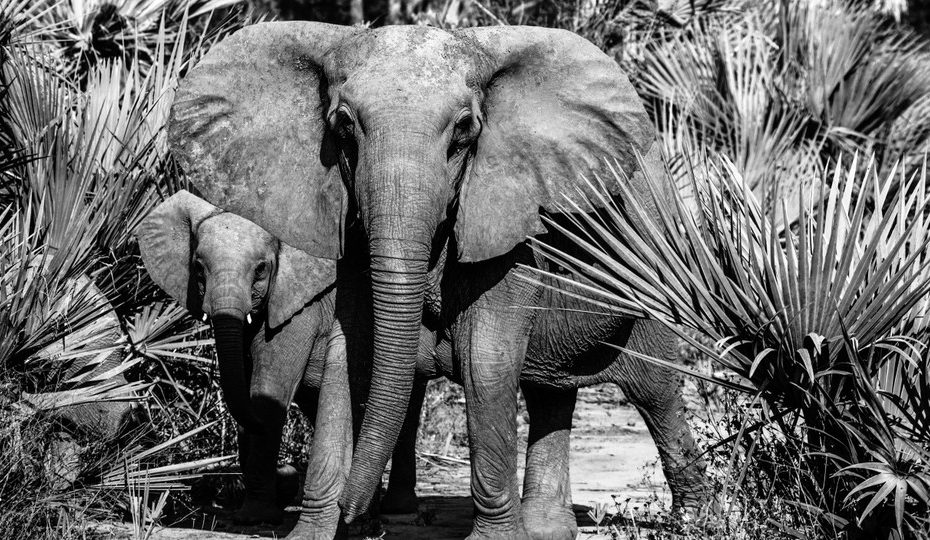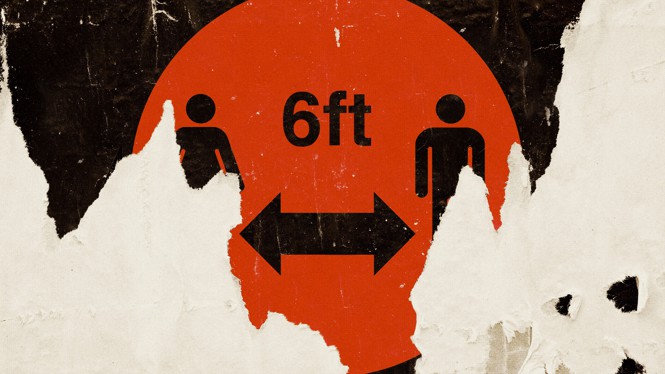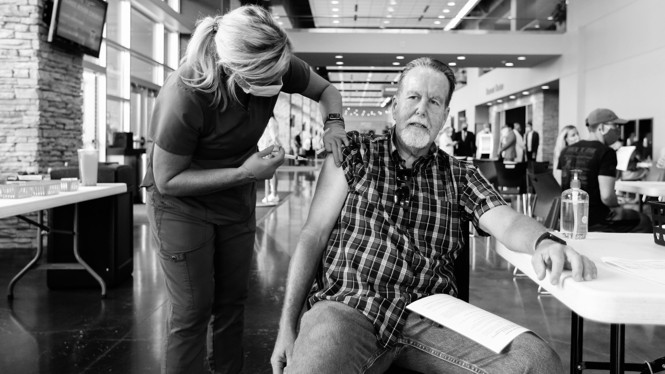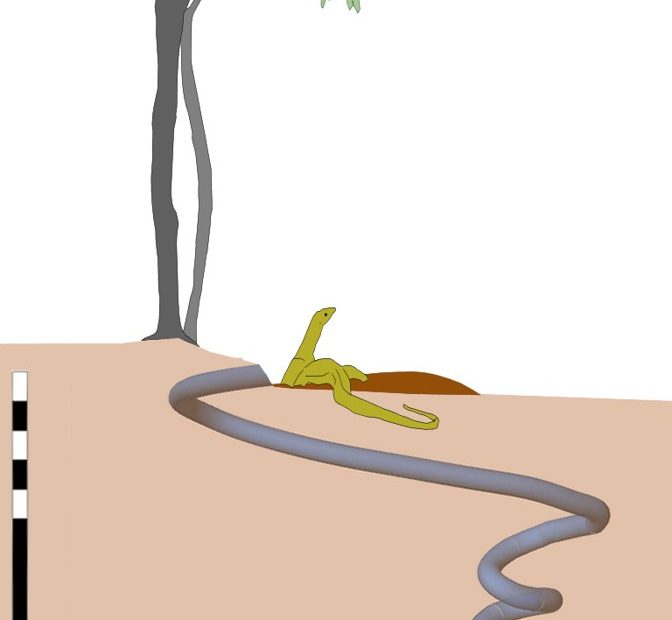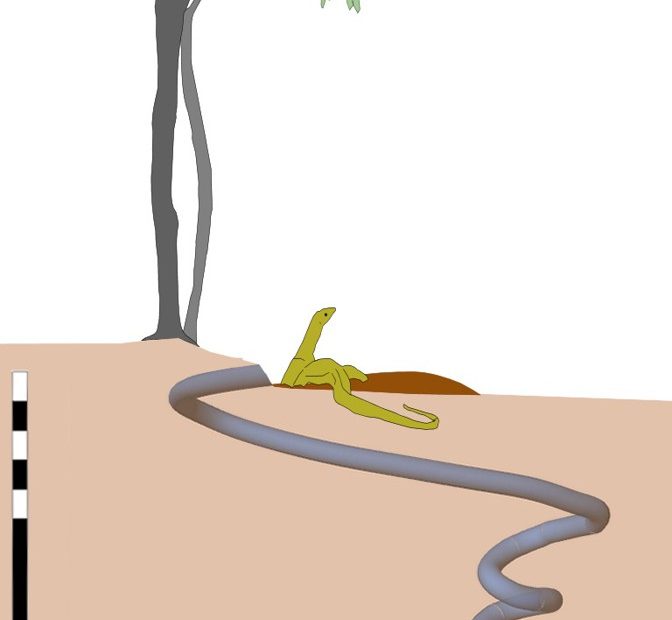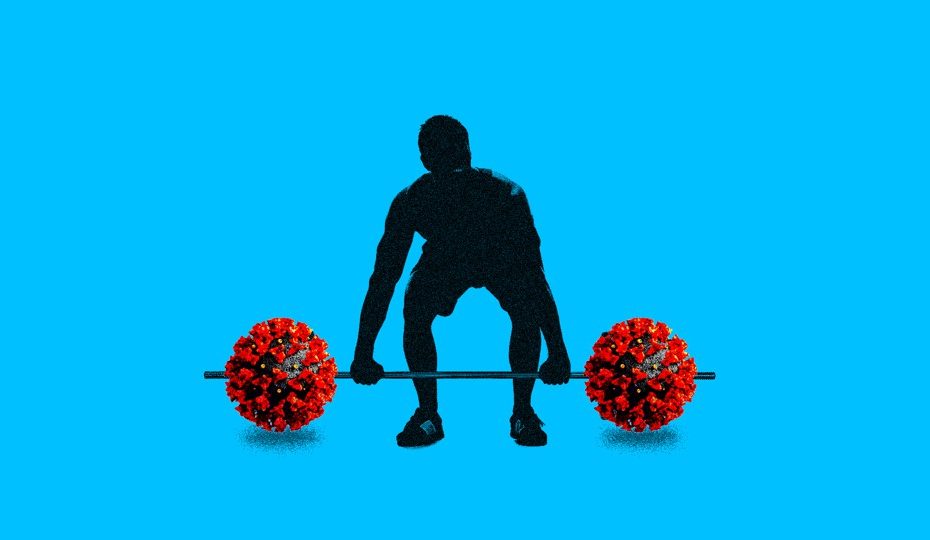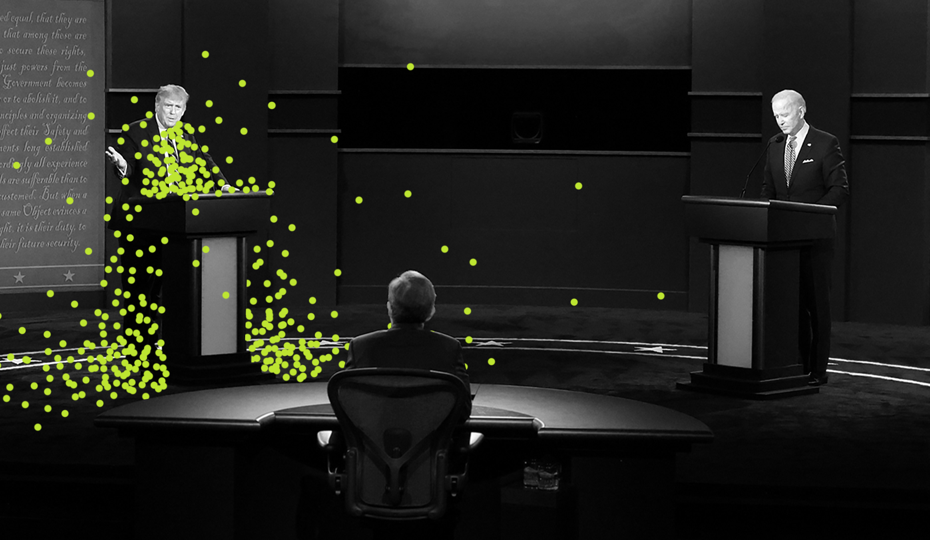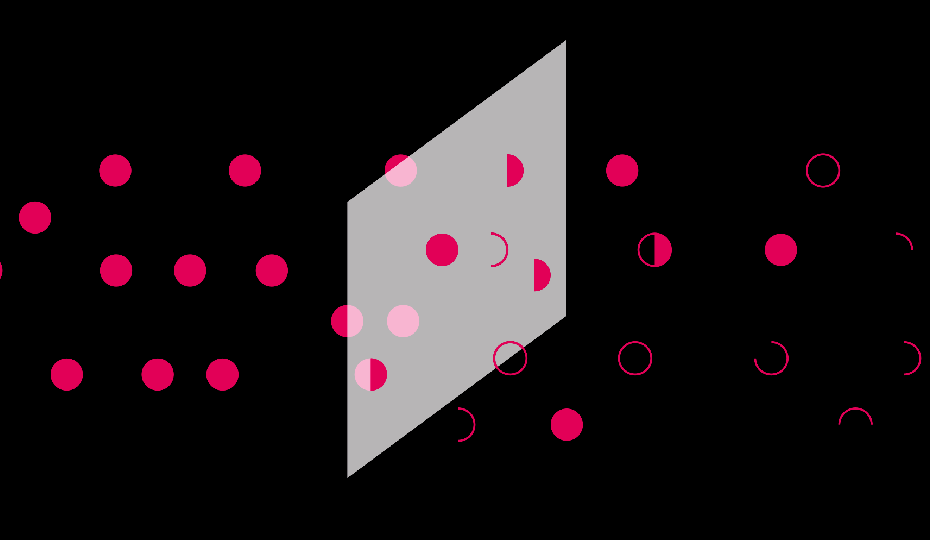Who’s the Cutest Little Dolphin? Is It You?
Across human cultures and languages, adults talk to babies in a very particular way. They raise their pitch and broaden its range, while also shortening and repeating their utterances; the latter features occur even in sign language. Mothers use this exaggerated and musical style of speech (which is sometimes called “motherese”), but so do fathers, older children, and other caregivers. Infants prefer listening to it, which might help them bond with adults and learn language faster.




